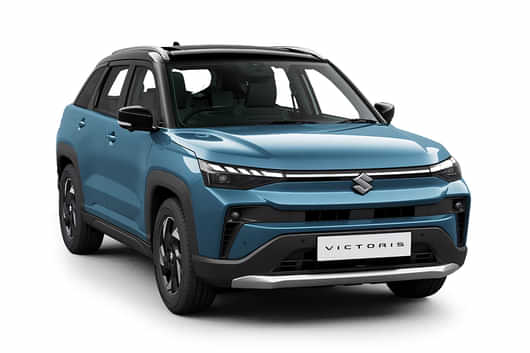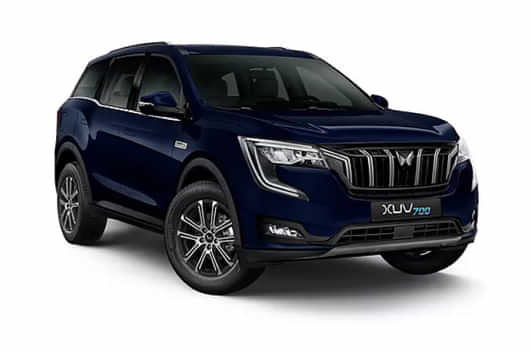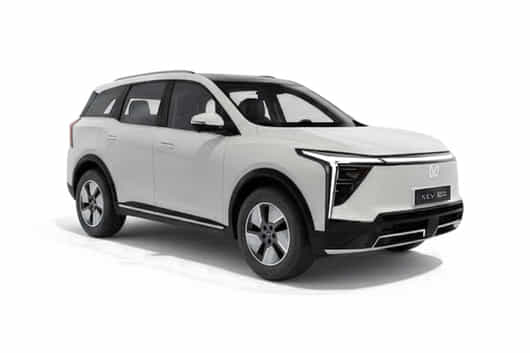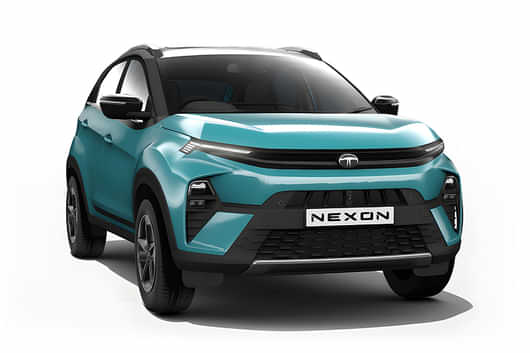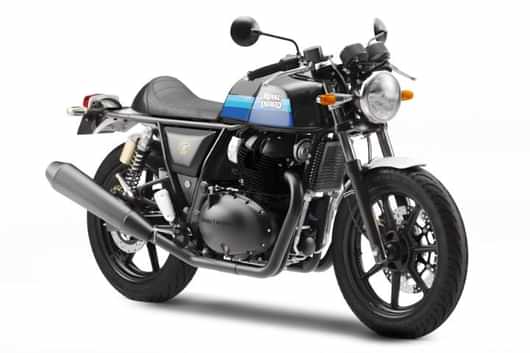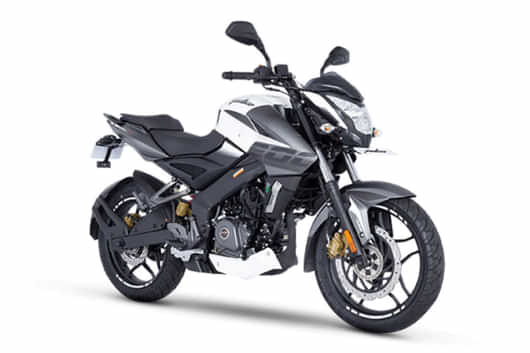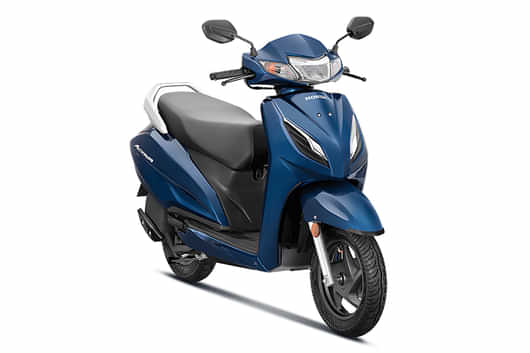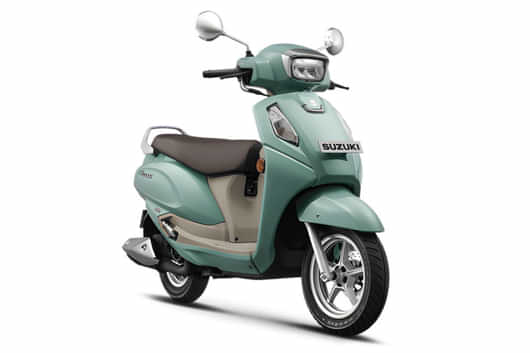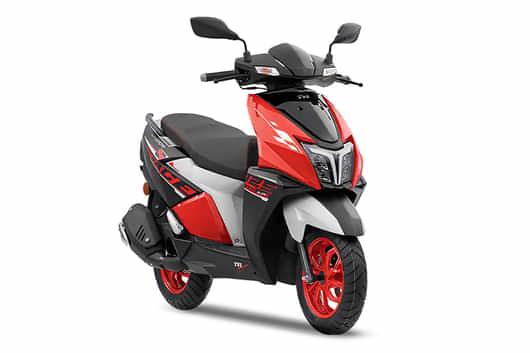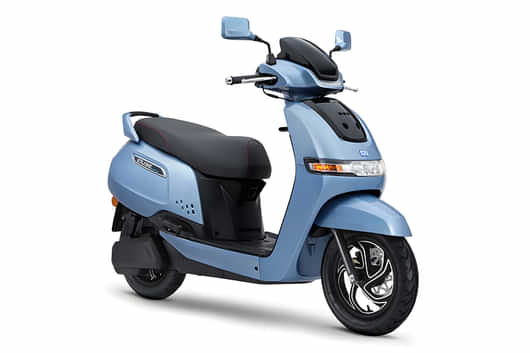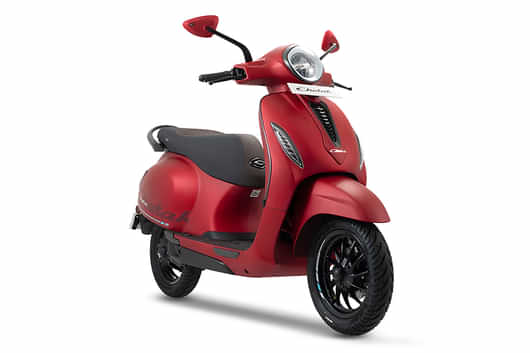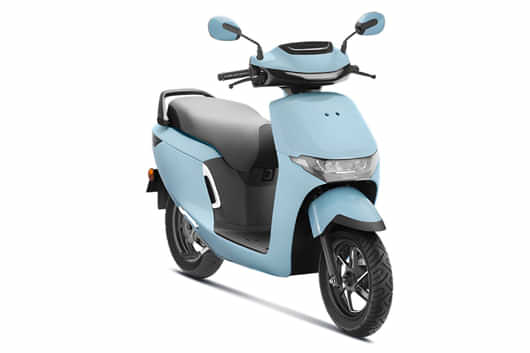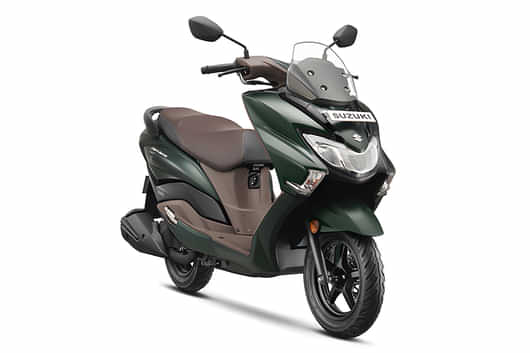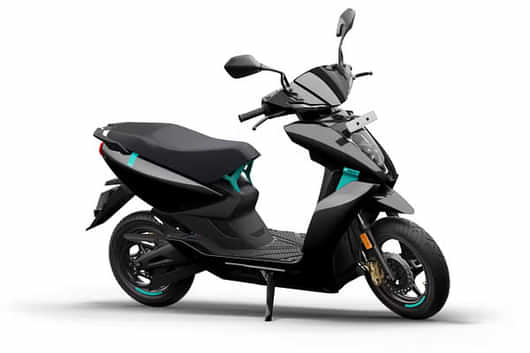
Do cars have a reserve fuel tank? This is one of the most asked questions we have come across and we don't blame you for that. Especially in India, we all are familiar with the word called "Reserve Tank" even though, there is nothing like this in cars. This nomenclature comes from our commuter bikes which we have been using since ages.
Normal commuter bikes, mostly before the BS6 emission norm era, used to come with the carburettor fuel system which means that whenever the bikes hit a certain amount of fuel left in the tank, it would stall and instruct the rider to switch to the reserve tank. This works as a warning feature for the rider that your bike has less full and you need to fill it up. But do cars have reserve fuel? Do modern day cars also warn you the same way? Read this article to find out more...

If we had to sum it up in just one line, we'd say that every car has a reserve fuel capacity of 10-15% of the total tank capacity. But this line can't be useful for every car owner owing to the fact that every car has a different fuel tank size, different engine, different fuel efficiency and purpose. So here you need some assumptions and school-grade mathematics.
As we told earlier, every car has a reserve fuel capacity of 10-15% of the total tank capacity and it can use the remaining fuel to reach you out to your destination. Once the reserve light or low fuel light starts blinking, you can make an assumption that you have around 4-5 litres of fuel left in your car, which has a fuel tank capacity of around 40-50 litres.

The remaining 4-5 litres of fuel now relies on how and where you are driving. The actual kilometres can shed really quickly if you drive your car slowly or aggressively or in peak rush hour traffic. If you keep a perfect pace, you can cover a good distance even with the remaining fuel. In ideal conditions, a normal car can cover 50-80 kilometres after the reserve light shows up. But it is recommended to use your car with low fuel? Well, it is a big NO. The reason beside this is the excessive fuel deposits (over the years..) which start building on the lower part of the fuel tank. If you use your car with low fuel, there are chances that the deposits can lead their way to the engine and damage the injectors and other parts.
Driving with low fuel can also leave you stranded as fuel gauges are not always accurate and can build a false assumption. The best way to avoid all these conditions is getting your car's tank filled once you reach 1/4th of the tank capacity as per the display or the fuel gauge. These keep you secured from all the mis-happenings and retains confidence always.













